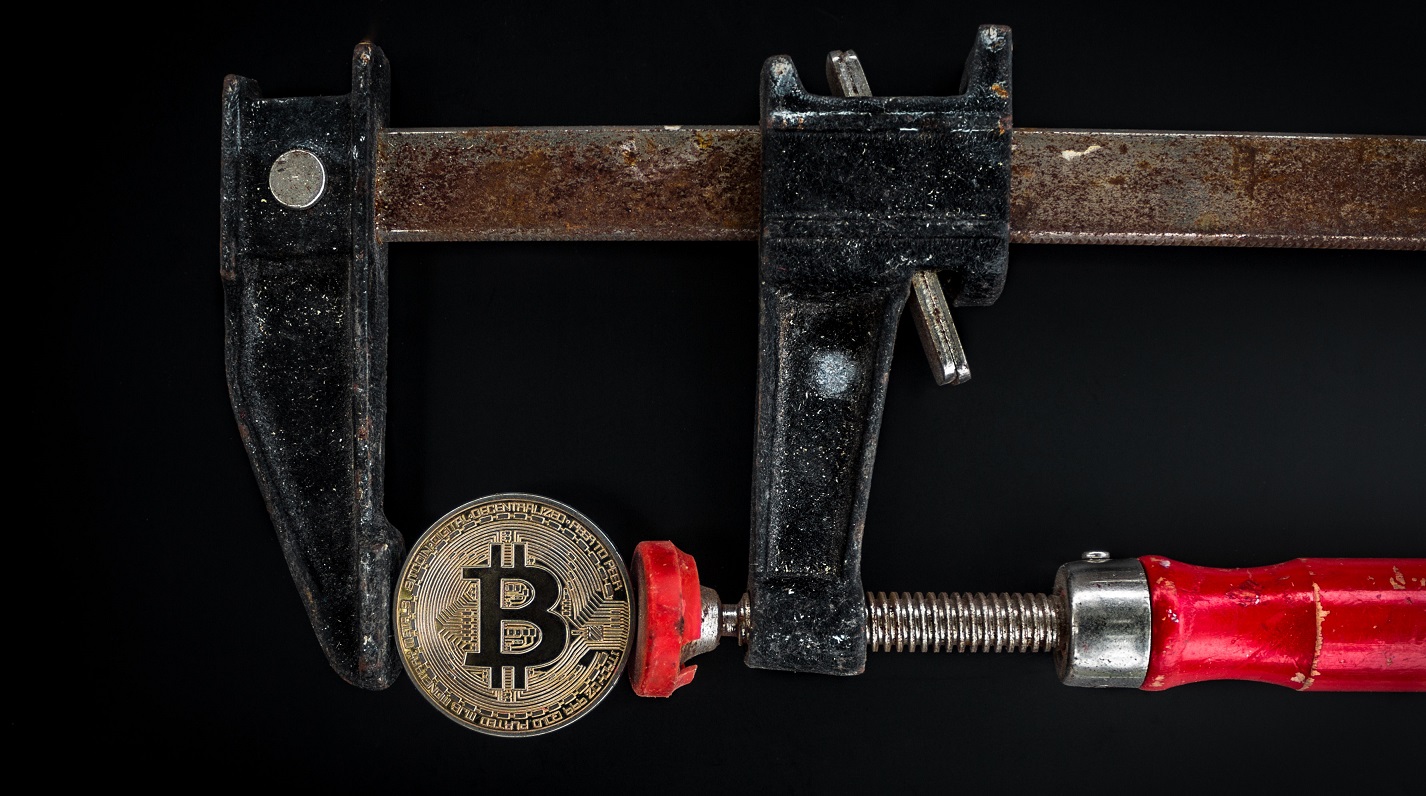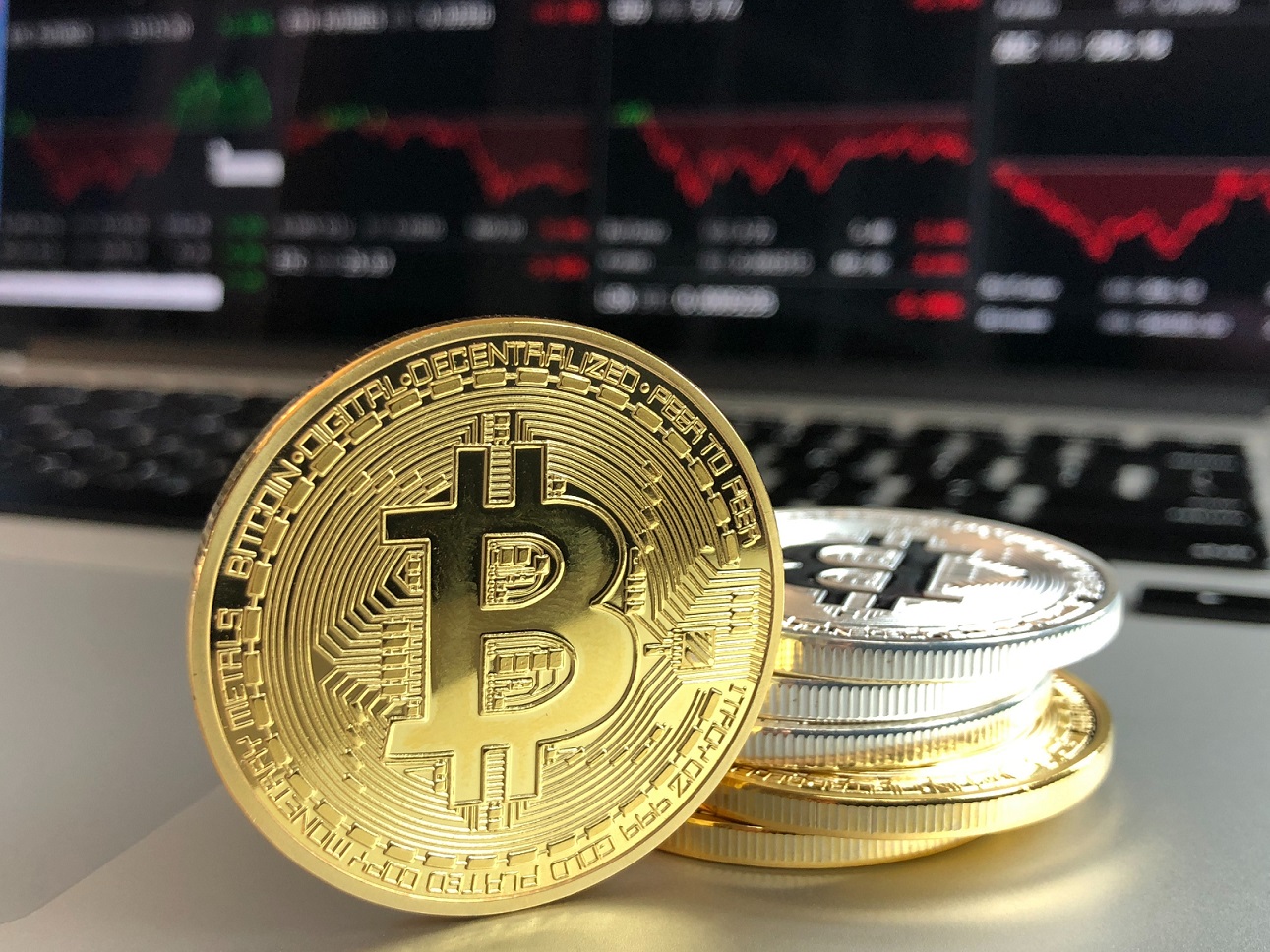
What is a Stablecoin?
By now you have heard the buzz going around about cryptocurrencies and how it’s supposedly the key to fixing our financial systems. After reading the basics of Cryptocurrencies, you probably understand how it works. But what is a Stablecoin and why have Stablecoins become such a hot topic lately? Well to say the least, Cryptocurrencies have been quite volatile since their inception in 2008. And a stable coin is an attempt to combat all of that volatility and well.. Make cryptocurrencies stable, hence the name stable coin. But how does this stablecoin help make the cryptocurrency market more stable?
Let’s first get the definition out of the way before we really get into stable coins.
A stable coin is a cryptocurrency that provides price stability, usually being pegged to another asset. There are many possibilities for the type of asset the cryptocurrency could be pegged to. We most commonly know of Tether (USDT), which is pegged to the US Dollar. This means that the the value of 1 Tether is worth 1 US dollar. For every USDT in circulation it is supposed to be back by a US dollar. We actually see this sort of thing very commonly outside of the cryptocurrency realm. For example, the Bahamian dollar is pegged to the US dollar as well, so 1 Bahamian dollar equals 1 US dollar. See stable coins aren’t that hard?!
The stable coin is usually pegged to an asset that is not volatile, hence its stable. Although we most commonly see the pegged asset as the US dollar, its possible to use other currencies or even physical assets such as commodities.
How does a Stablecoin work?
Whats going on in the back end of the stable coin can vary significantly depending on the type of stable coin you are invested it in. Although they can be quite different in the background, their goal is still the same. The cryptocurrency marketing is notoriously volatile. It is not uncommon to go to sleep with US$1,000 in crypto and wake up with the same amount of coins being worth US$300, then the value shooting up to US$1,500 several hours later. As you can imagine such volatility can be extremely unsettling. If you are one of the lucky ones that benefited from these major swings, checkout the full guide on cryptocurrency tax laws in the US.
These major swings equal high risk, which scares off many people from making the initial jump into cryptocurrency. Stable coins are meant to be price stable and are generally backed by some value. So if the stable coin is pegged to the US dollar and this Stablecoin swings to US$0.98, many traders will see this as free money and buy up as many as possible until the value goes to US$1. These traders help enforce the value by either selling or buying the coin if it is not at $1. Now let’s say the entire cryptocurrency market is experiencing another violent swing in value, similar to last October’s US$18 Billion drop. If you hold a portion of your value in a stable coin, then you would not have lost any money in this situation for the amount that’s held in Stablecoins. Many traders like to exchange their cryptocurrencies into stable coins when they are not actively trading.
What types of Stable coins are there?

As we briefly talk about, the stable coin is usually pegged to something in order to make its value stable. It can be pegged to a fiat currency or commodity. Whether it is backed by this fiat currency or algorithmically traded is what differs the types of stable coins out there. And their exact risk level. Nothing is risk free and stable coins are no exception.
Non-Collateralized Stablecoins
Non-collateralized Stablecoins, as inferred by the name are not back by a reserve of assets. These are commonly referred to as algorithmic stablecoins. They have a market mechanism that determines the supply and demand of the coin, which is governed by smart contracts. Many people are really excited about this type of coin and the potential, because it still has the decentralized nature that most crypto-enthusists value. It is riskier than other types out there.
Crypto-Collateralized Stablecoins
Crypto-collateralized Stablecoins are backed by a reserve of select cryptocurrencies, which are determined by the particular coin. These are the extremely risky, as the value is hedged on a delicate balance that could potentially be disrupted. This is generally not a suggested stable coin to invest in if your goal is to combat market volatility.
Fiat-Collateralized Stablecoins
Fiat Collateralized stablecoins are stablecoins backed by a reserve of fiat currency. This is generally the most stable of the stable coins, but is solely dependent on the fiat currency the coin has reserves in.
Commodity-Collateralized Stablecoins
Commodity-collateralized stablecoins are stablecoins that are being backed by commodity reserves, such as oil or corn.
What stable coins are there?
What is the best stable coin out there?
It’s hard to say which stable coin is best, because there are fundamentally different kinds of stable coins. If you are looking for something that has less of a centralized nature, but are ok with taking on more risk, then take a look at different algorithmic stable coins. If you do not want as much risk and are okay with a centralized nature, then a fiat collateralized stable coin is what you are looking for.
How can I invest in a stable coin?

Once you know which stable coin you are going to buy, then the rest is quite easy. You just need to find an exchange that your coin is listed on. This is assuming that you have already converted fiat into crypto, as most major exchanges that will have these stable coins don’t do the initial conversion. You can get started if you are in the US by signing up with Coinbase. If you need a more in-depth guide on the best exchanges and how to convert your fiat to crypto and get the crypto on the exchange of your choice, follow my getting started in Cryptocurrency guide.
Pros and Cons of Stable Coins
So far we have described what a stable coin is and its intended purpose. It sounds like there are only bonuses to having such coin in existence. Generally, the pros outweigh the costs, but there are still costs to be inconsideration.
Pros of Stablecoins
- Stability while trading
- Ease of mind while transacting
- Easy liquidity
- Shelter from volatility in the cryptocurrency market
Cons of Stablecoins
- Supply manipulation
- They can run into a problem of not being backed by any assets at all
- All three types run into blockchain oracle problem which is unsolvable until now.
- Algorithmic manipulations
- Centralization
Future of Stable Coins
Many people think of Stablecoins as the key to the future of getting the average person involved with cryptocurrency. They provide trust in price stability in an otherwise uncertain market. Stablecoins are the fastest growing sector in in the cryptocurrency market.
It has not gone without its drama though. Many believe that the founders of Tether were manipulating Bitcoin’s price. The future of Stablecoins will most likely have more regulation and proof of assets that are backing up these coins, which has not yet been verified. Only when verifiable audits become public will the way for everyday adoption be paved. We all know the exciting new way of financial transactions that are cheaper and decentralized, thanks to the revolutionary blockchain technology. But it’s been faced with skepticism by the general public, due to the extreme volatility and uncertainty that cryptocurrencies have experienced.
Stablecoins are helping cultivate widespread adoption in innovating financial markets that will help improve the lives of hundreds of millions of people. Many people who can not qualify for a bank account will be able to store value and in turn enter the global economy. We will see more people be able to store stable value to their name.


